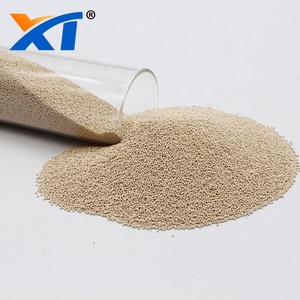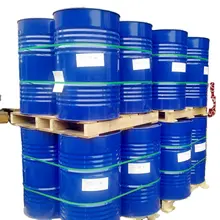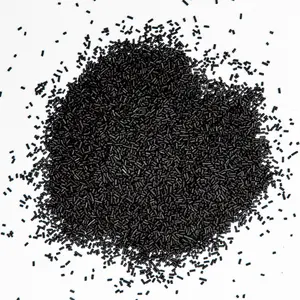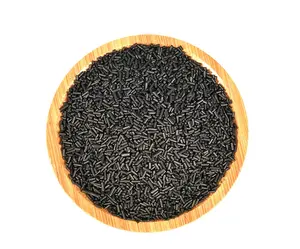Introduction to Carbon Molecular Sieve
A carbon molecular sieve (CMS) is a specialized adsorbent material used predominantly in gas separation and purification technologies. Its unique structure allows for the selective adsorption of gases, making it an integral component in various industrial applications, including air separation and the filtration of gas streams.
Types and Applications
The versatility of carbon molecular sieves is evident in their range of types, each tailored for specific applications. For instance, a carbon molecular sieve for nitrogen generator systems is designed to produce nitrogen gas with high purity levels. This type of CMS is crucial in industries where nitrogen is essential for creating inert atmospheres, such as in metal processing and food packaging. Similarly, CO2 molecular sieves are employed in removing carbon dioxide from gas streams, ensuring the purity of the final product.
Features and Materials
CMS materials are known for their high durability and exceptional adsorption properties. The base material, typically a form of carbonized polymer, is processed to create a network of pores that trap gas molecules. The physical characteristics of carbon sieves such as pore size distribution and surface area, are fine-tuned to target specific molecules like nitrogen, making them ideal for use in molecular sieve nitrogen generators.
Advantages of CMS
The advantages of using carbon molecular sieves are numerous. They offer a balance of adsorption capacity and regeneration ability, which is essential for continuous processes like those found in cms in nitrogen plants. Additionally, the operational longevity of CMS provides a cost-effective solution for gas separation needs, which is reflected in the carbon molecular sieve price per kg, offering long-term value for industrial users.
Selection and Storage
Selecting the right carbon molecular sieve suppliers is crucial for obtaining a product that meets the specific needs of an application. Suppliers typically ensure that the CMS has an appropriate level of purity and pH to avoid contamination or damage to the fabric. Proper storage in a dry, cool environment is also essential to maintain the sieve's efficacy and extend its shelf life.
Conclusion
In conclusion, the use of carbon molecular sieves is a sophisticated approach to gas separation and purification. With a range of types available, each designed for specific applications, industries can find an effective solution for their gas separation challenges. The nitrogen molecular sieve is just one example of how CMS technology is employed to maintain high standards of purity and efficiency in industrial processes.











































 浙公网安备 33010002000092号
浙公网安备 33010002000092号 浙B2-20120091-4
浙B2-20120091-4